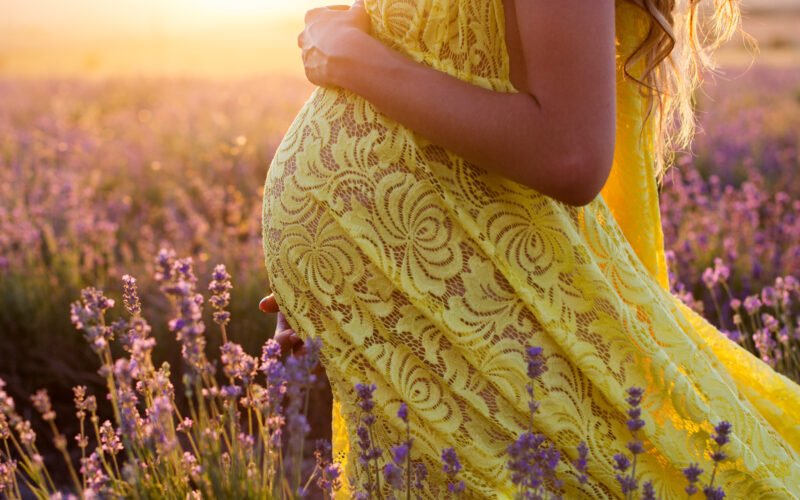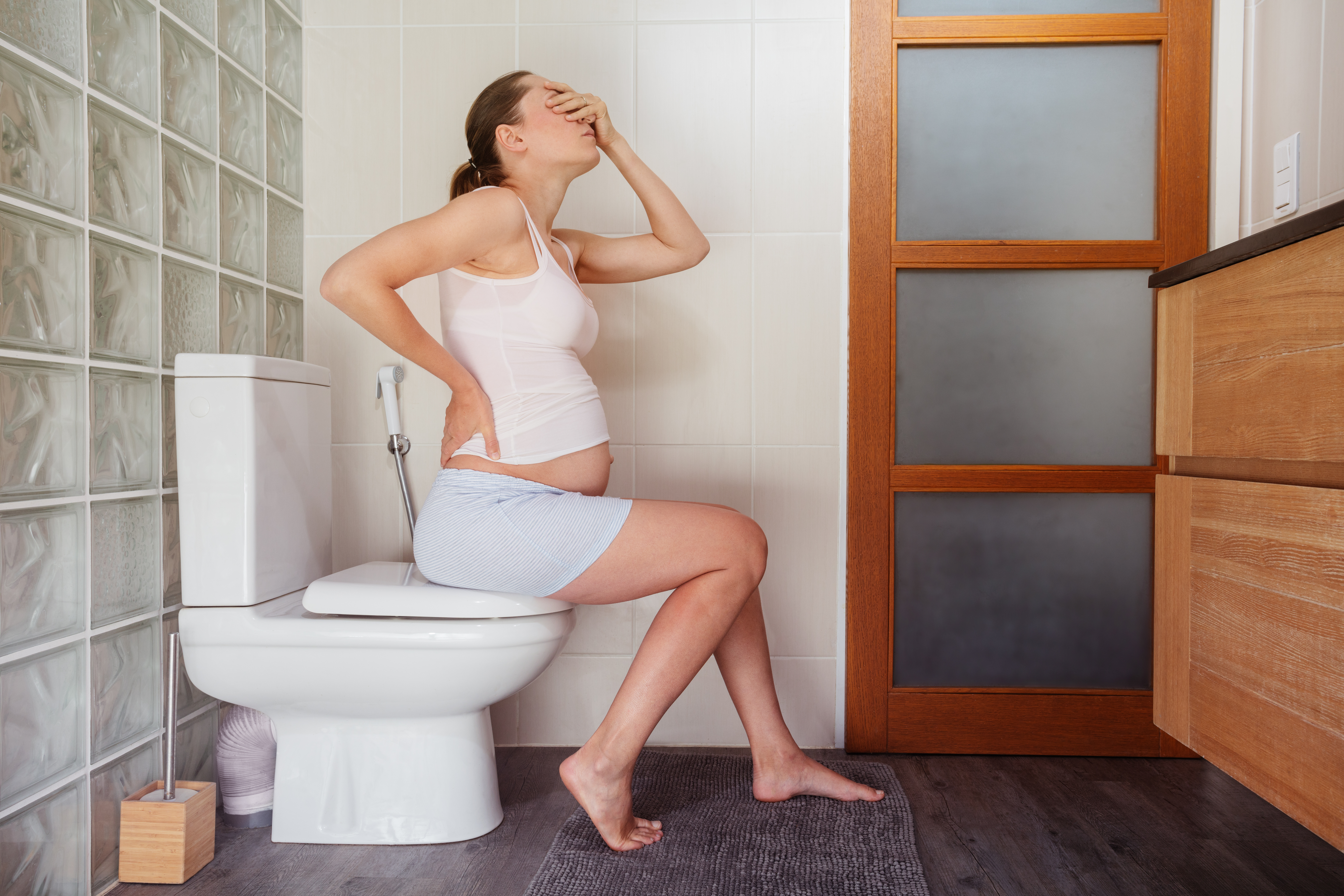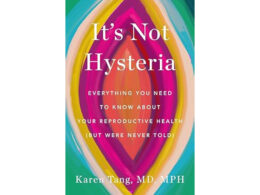When I was pregnant with my first child and attending my job with a prominent bump, it was interesting to encounter the reactions of the different kids and teens I met. Some were excited, a surprising number were confused that I was able to grow a little human and still go about my daily life, and some had thoughtful questions about fetal development (How do babies breathe underwater?). One bold eight-year-old asked me how old I was and informed me that I was too young to have a baby. It was clear from all these interactions that many youth have had little to no contact with pregnant women, and their assumptions about pregnancy were formed from bits and pieces they picked up from the media plus what they heard (or overheard) from other people.
Whether it’s a doctor’s encouragement to use birth control, the argument that legal abortion is necessary because it is far “less dangerous” than pregnancy, the intervention-heavy approach to birth many women experience, or exposure to worst-case-scenario traumatic birth scenes in popular shows like Grey’s Anatomy, some teens understandably enter young adulthood with a fear of having children at any point in their life. But is it true that pregnancy is inherently dangerous? And is pregnancy riskier than just staying on birth control?
Just how dangerous is pregnancy?
According to the CDC, the most common pregnancy complications include anemia, anxiety and/or depression, gestational diabetes, heart conditions, preeclampsia, severe morning sickness, and infections.
Prevalence varies, but preeclampsia affects about 2-6% of US pregnancies, severe morning sickness (hyperemesis gravidarum) affects 0.5-2% of pregnancies, and heart disease in pregnancy (a leading cause of maternal mortality, meaning death in the first year after a woman gives birth) is present in 1-4% of pregnancies [1]. While the vast majority of pregnancies are uncomplicated, mental health problems are more common than physical complications, with the CDC reporting that 1 in 8 American women experience postpartum depression following childbirth.
While pregnancy complications can be serious, early intervention can prevent or treat many complications. Cleveland Clinic recommends making healthy lifestyle changes before and during pregnancy, receiving prenatal care, reporting concerning symptoms to a medical provider, reducing stress, and taking a prenatal vitamin to reduce risk factors.
The pregnancy vs. birth control debate
Often, proponents of hormonal birth control highlight the health risks of pregnancy to make the health risks of birth control seem more acceptable. For example, someone may argue that since the risk of blood clots while on birth control is lower than during pregnancy, birth control is the safer option for women concerned about cardiovascular health. However, this assumes that “contracepting” and “pregnant” are the only two states in which a woman might find herself (somehow, naturally cycling women are forgotten in these debates).
How long are women at risk for blood clots while pregnant vs on birth control?
Let’s dive a bit further into the numbers surrounding the blood clot risks of pregnancy vs. hormonal birth control. Currently, the average American woman has just “1.64” pregnancies. Rounding that up to two, nine-month long pregnancies, plus the three months postpartum each where blood clot risks remain elevated, we can assume that the average American woman endures about 24 months (or about two years) of pregnancy-related blood clot risk in her life. The risk of experiencing a blood clot while pregnant is approximately 1-2 in 1,000 pregnancies, and, according to the CDC, there were over 3.6 million US births in 2021.
Now let’s compare that with blood clot risk from hormonal birth control use, which is similar to the pregnancy risk rate, around 1 in 1,000 women per year. Of the estimated 72.2 million US women of reproductive age in 2017, the CDC estimates 12.6% were on the pill in 2017. That’s over 16.5 million women! An additional 10.3% (over 7.4 million women) were using LARCs, which can include hormonal IUDs and implants. All forms of hormonal birth control, whether the pill, the patch, the implant, the shot, or the Levonorgestrel-IUD, raise blood clot risk. Given the sheer volume of women on hormonal birth control, even relatively rare risks like blood clots will necessarily affect far more women on birth control than pregnant women per year.
But that’s not all. When you factor in how long women use contraception compared to how long the average American woman is pregnant, there’s a big discrepancy. While the average American woman now has fewer than two pregnancies (1.64), the Guttmacher Institute reports that the average woman still wants 2.7 children (of course, you can’t have “0.7” children, but this is an average!). Still, they estimate that the average American woman would have to use contraception for 30 years to avoid having more than her desired 2.7 children—let alone the actual 1.64 babies most women are currently having.
Certainly, given the popularity of sterilization in particular, a woman isn’t likely to be on hormonal birth control (HBC) for 30 years. But how many women are on the pill or other form of HBC for at least five or ten years (especially considering that the average age of first marriage for American women is now 28.6 years old)?
Deciding whether pregnancy is riskier than birth control? Don’t forget to factor in pregnancy’s health benefits
In making decisions about health, it is important to weigh the benefits and risks together. While any pregnancy carries some level of risk, there are also physical benefits to experiencing pregnancy. Pregnancy decreases the risk of certain cancers, and breastfeeding has been found to further lower cancer risk as well as decreasing risk of cardiovascular disease. Personally, I experienced exceptionally painful periods before having children, which improved significantly after giving birth, and I know my experience is not unique.
Conversely, women who take birth control to ease period pain often find their symptoms return after stopping birth control. Pregnancy can also serve as a powerful motivator for making positive lifestyle changes like stopping smoking, adopting a more nutritious diet, and starting exercise. And of course, the new life a pregnancy nurtures is not only a benefit to you, but to the world!
Birth control is often prescribed for benefits besides pregnancy prevention, such as acne reduction, “regulating” cycles, easing symptoms of endometriosis or PCOS, easing PMS, and helping with menstrual-related migraines. However, not everyone experiences these benefits (for example, some women experience more migraines on birth control), and simply covering up symptoms fails to address or treat the root causes of endometriosis, PCOS or PMS. Learning a fertility awareness method can tune you into your body, help you understand your hormones, and help you explore treatment options without the risks birth control carries.
How can we give girls and young women a clearer picture of pregnancy?
To ask whether pregnancy or birth control is riskier is to miss the bigger picture. It’s also an apples-to-oranges comparison. If we want to give young women, in particular, a truer picture of pregnancy, we could start by educating them about their cycles and the goodness of their natural female design, which doesn’t need to be “suppressed, altered or destroyed.” Age-appropriate body literacy education can (and should!) start around age 8 or 9, even before a girl’s first period has happened. As they enter their teen years, girls should be taught how to track their cycles, and how to know what’s normal and what’s not.
Rather than showing a “horror story” video of birth intended to shock and scare teenage viewers, sex ed classes can show medically accurate videos of fetal development, and give students the opportunity to view a live ultrasound, and perhaps even a birth documentary that portrays the raw emotion and almost unspeakable reverence and power of the miracle of birth. Girls and young women who have access to all of this will have an easier time weighing the true benefits and costs between pregnancy (and cycling naturally!), versus using birth control to simply shut down their fertility.
The bottom line on whether pregnancy is riskier than birth control
Pregnancy is a big event! But it’s also a normal, natural function of the female body. When I chose to give birth to my daughter at home, many of my family members were concerned about my safety. Especially in the U.S., birth is almost always in a hospital setting and often accompanied by many interventions, as underscored by our relatively high, 32% C-section rate [2]. This, amongst other factors, can lead to the perception that pregnancy and giving birth are inherently dangerous and prone to emergencies.
Even though serious complications like preeclampsia and HELLP occur in a small minority of pregnancies, thankfully, they can typically be detected, monitored, or managed early, before an emergency situation arises. Conversely, many young women begin hormonal birth control with no idea of the risks–even the most deadly ones, like blood clots and VTEs–which some women (unbeknownst to themselves or their doctors) are genetically predisposed toward.
Of course, every woman is different, and your individual level of risks in pregnancy or on birth control will be different than another woman’s. But blanket statements about the inherent danger of pregnancy necessitating the use of birth control are gross generalizations that do nothing to inform women about their reproductive health, or give them the body literacy they deserve. Instead, they scare women into using drugs and devices that shut down their natural cycles, and prevent them from reaping the whole-body benefits of ovulation and periods–and, perhaps, are part of the reason why so many women are having fewer children than they say they’d like to have.
References:
[1] Adane KD, Zerga AA, Gebeyehu FB, Ayele FY. Proportion of hyperemesis gravidarum and associated factors among pregnant women admitted into the obstetrics ward at Akesta general hospital, North East Ethiopia. PLoS One. 2023 Feb 6;18(2):e0281433. doi: 10.1371/journal.pone.0281433. PMID: 36745599; PMCID: PMC9901745. [2] Stephenson J. Rate of First-time Cesarean Deliveries on the Rise in the US. JAMA Health Forum. 2022;3(7):e222824. doi:10.1001/jamahealthforum.2022.2824











An omission: the eventual outcome of pregnancy is also risky in itself. Why did you not include more data about birth-related risks to a mother. I think when women make statements regarding the dangers of pregnancy vs. birth control they (surely) have in mind risks surrounding labor and delivery. Please consider adding this for the sake of a well rounded article.
Thanks for your thoughtful question, Laura! Our article specifically compared hormone-driven risks of pregnancy to those of birth control. This is why blood clot risk took center stage. There are, as you noted, certainly physical risks specific to childbirth, but that would be an apples-to-oranges comparison with birth control.